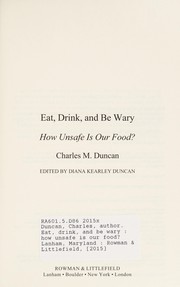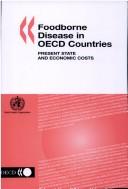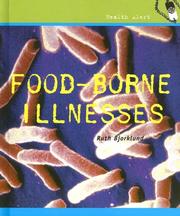
|
Risk characterization of microbiological hazards in food
|
World Health Organization (WHO) |
These guidelines provide descriptive guidance on how to conduct risk characterization in various contexts, and utilizing a variety of tools and techniques. They have been developed in recognition of… |
OL16554237W |

|
Disgusting food invaders
|
Ruth Owen |
From insects that chomp on chocolate and strawberries to grain weevils and fruit flies, the food we eat is not ours alone. Virtually everything we consume is a target for thousands of creatures, some… |
OL16623766W |

|
Eat, drink, and be wary
|
Charles Duncan |
Food safety has fast become one of the nation's top issues. Three thousand people die each year in the U.S. from foodborne illnesses. Another 48 million are sickened annually and our government fails… |
OL17902778W |

|
Foodborne disease in OECD countries
|
Organisation for Economic Co-operation and Development |
Foodborne disease caused by microbiological hazards and chemical contaminants continues to be a growing public health concern. Economic costs associated with foodborne disease represent a significant… |
OL19172504W |

|
Words to die for
|
Lynn Kostoff |
The year is 1986 and fall is declining into winter in a small Midwest city where ten-year-old Tina Brackett languishes in a coma caused by tainted fast food chicken produced by the Happy Farms Co. Ra… |
OL27958837W |

|
Food borne illnesses
|
Ruth Bjorklund |
"Discusses food-borne illnesses and their effects on people and society"--Provided by publisher. |
OL48236W |

|
Food safety
|
United States. General Accounting Office |
this book gives a good examples of food adulteration and this will be a key to find the adulteration in our daily food stuffs. |
OL565200W |

|
Protecting earth's food supply
|
Christine Petersen |
"Provides comprehensive information on Earth's food supply and its protection, the interrelationships of the natural world, environmental problems both natural and man-made, the relative risks associ… |
OL5818357W |







